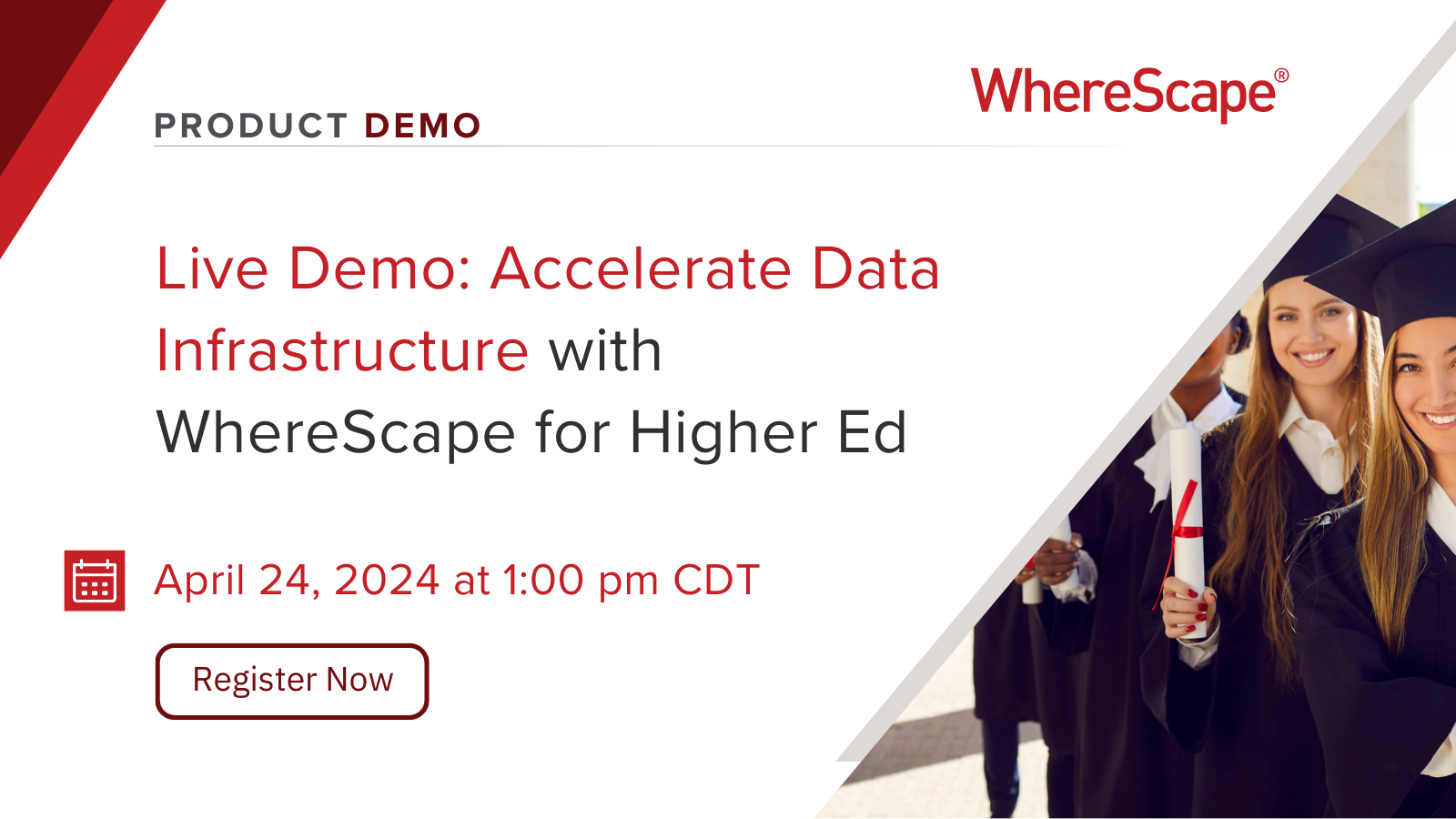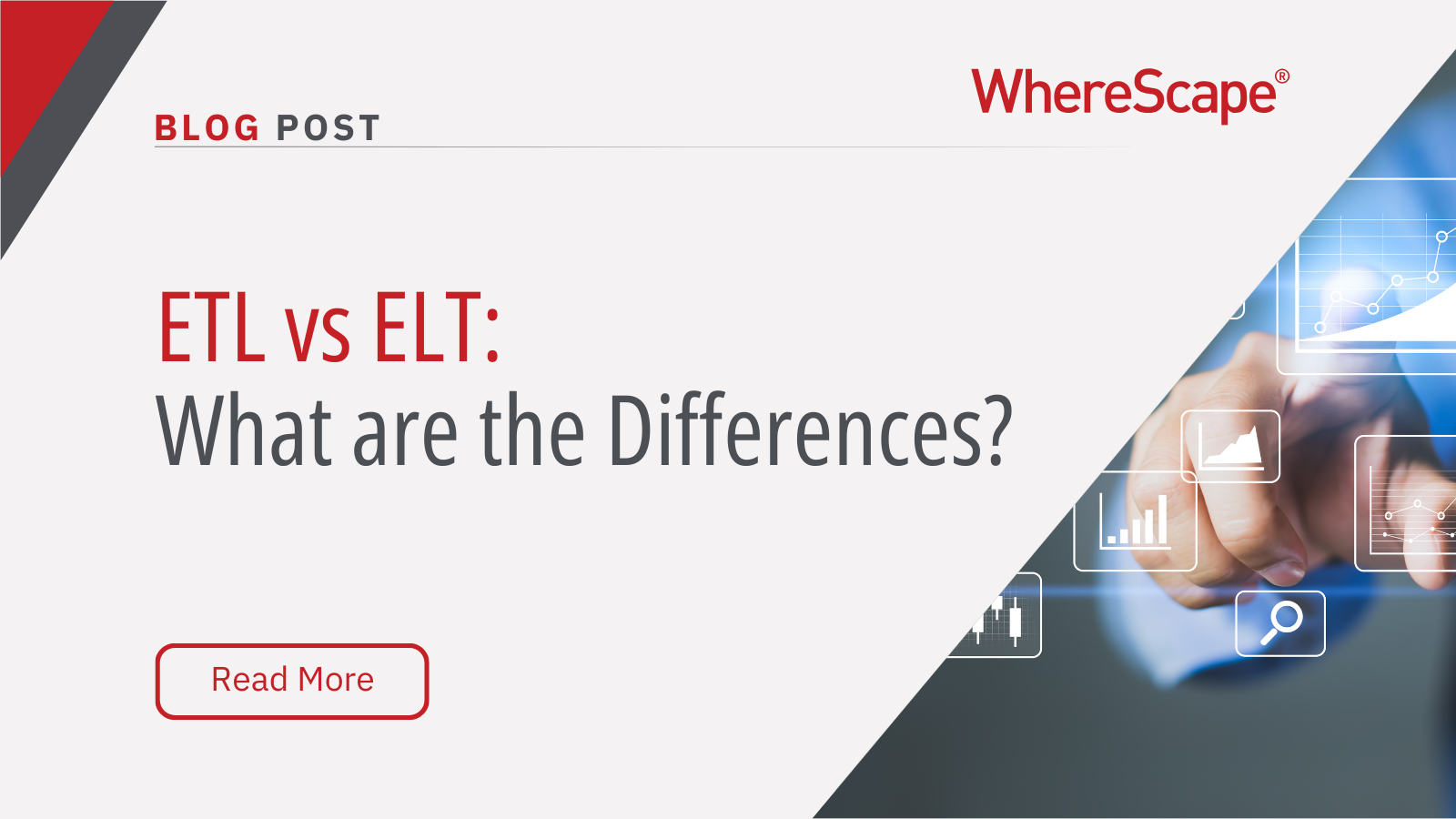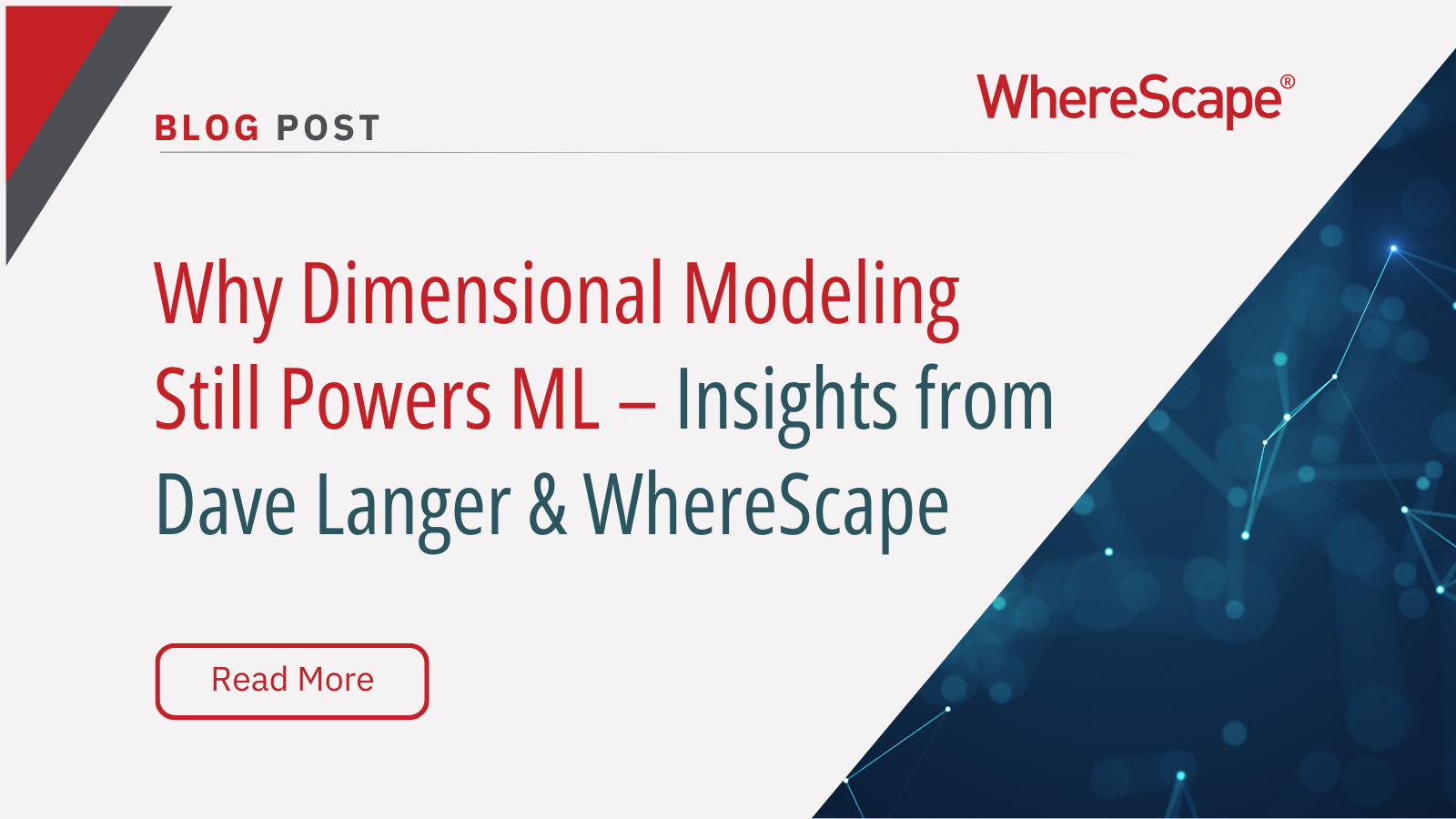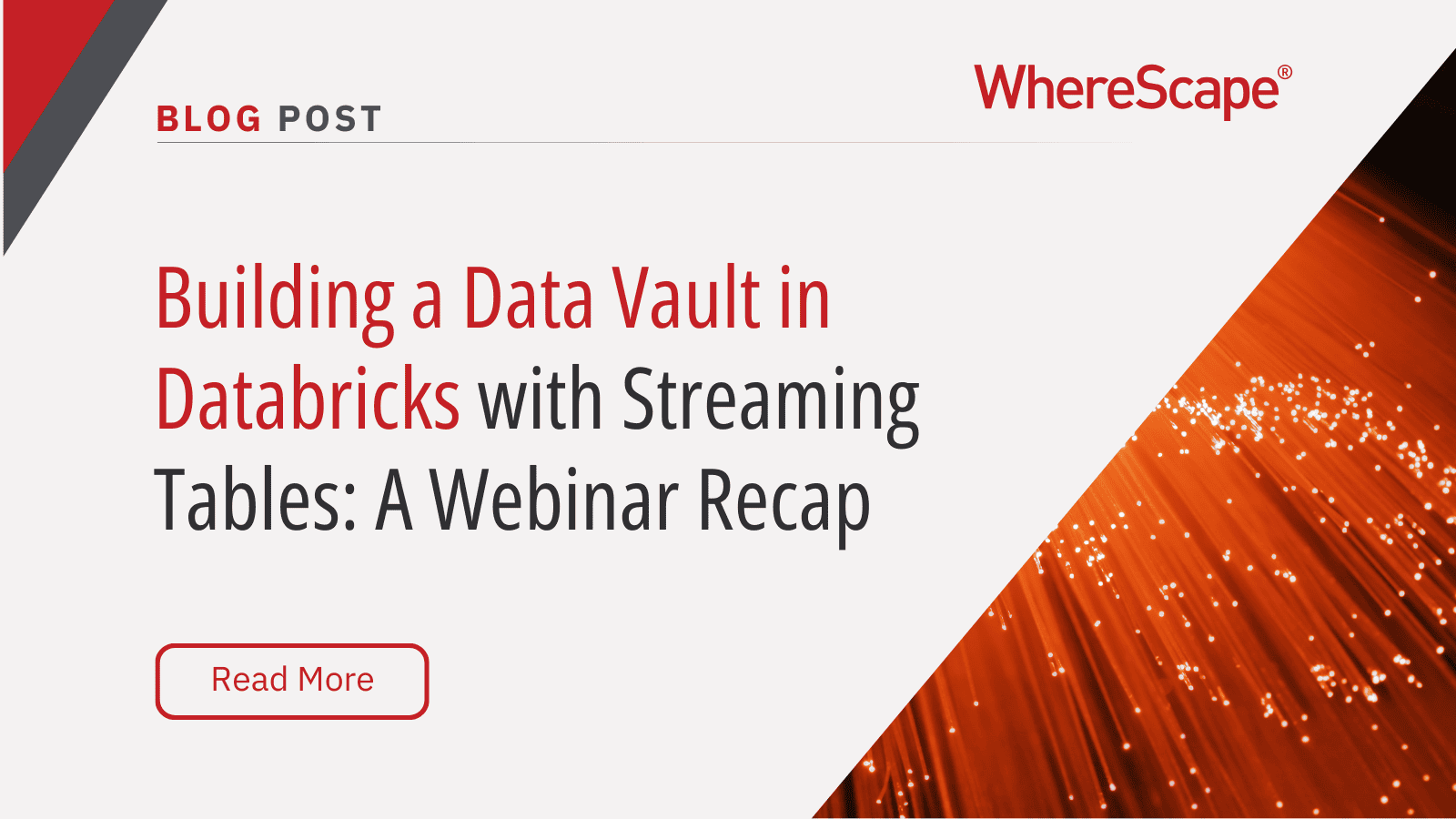Join us for a 60-minute live demo of...
Agile Documentation through Automation
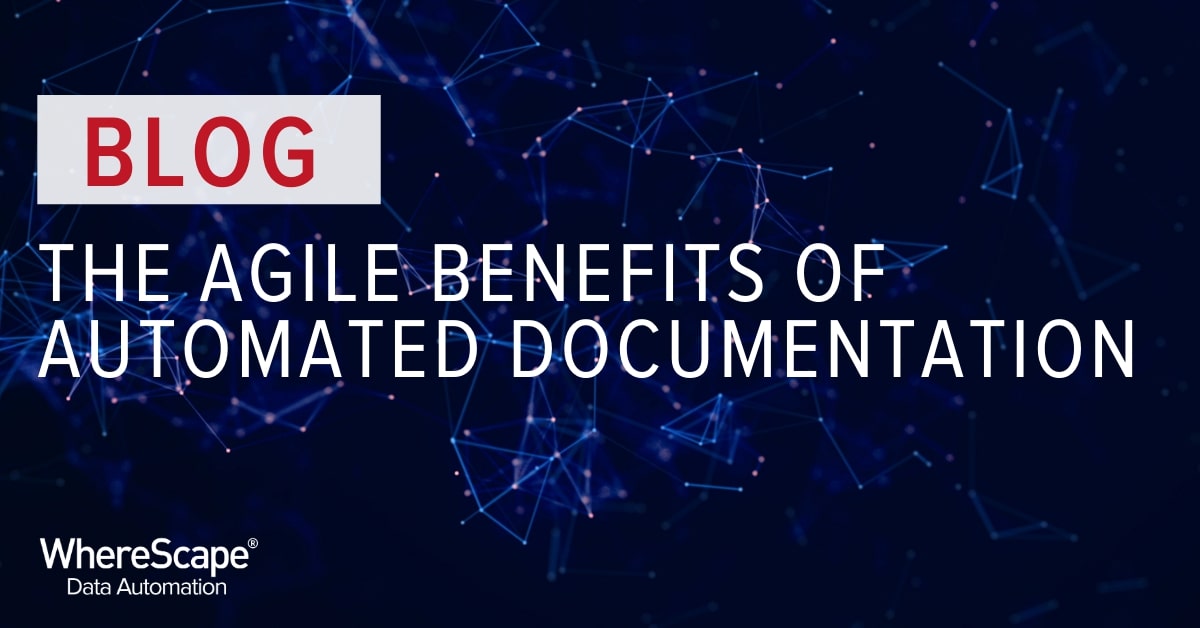
Documentation is an essential component of any sustainable data architecture, yet for practical reasons, it is often neglected by teams still working with manual processes. Developers are under constant pressure to meet deadlines and are judged more on the code they produce than how well they document it.
The Need for Automated Documentation
Pseudo Agile strategies are now common in data warehousing, and we often hear of teams working in sprints with SCRUM meetings and so on. However, most developers still type out every line of code by hand and work with 90s ETL technology. While the deadlines and iterations they have to meet are set on Agile timeframes, the tools and methodologies they use are not Agile, which puts them at a huge disadvantage even before they start. It is rare that sufficient consideration is given to documentation when sprints are defined. Under these constraints, developers will always be under stress and need to take shortcuts to deliver code. Documentation is always the first thing to be neglected or dropped completely.
The need to write documentation inhibits productivity in a number of ways. Firstly, if you take regular breaks to document what you have done, you break your flow and write less code. If you leave it until you have finished, you forget what you have done. Even leaving it until a Monday to document last week’s code means you will forget a decent amount of what you did. The more productive you were, the more you have to forget.
Data Automation for Sustainable Architectures
In the short-term world of delivering code just in time for the next deadline, documentation is seen as a nice-to-have and may not even be examined by those responsible for data governance. It is only further down the line, when our architectures are suffering from clutter and are hard to maintain, or one of the developers leaves the company and someone comes in to replace them, that we realize the value of accurate, standardized documentation.
Data Automation enables us to be flexible and switch target databases much easier than in the past. A choice of database is no longer a ten-year decision. This also means that we no longer have to rip up and start again if we want to switch modeling styles. The code we write now can be tweaked depending on needs, and can be sustainable for many years. For this reason, it needs to be reliable to stand the test of time, which also applies to how it is documented. Architectures need to supersede individuals and databases, so when one developer leaves, the code must pass on to colleagues seamlessly.
Automated Documentation Benefits
WhereScape removes the documentation issue from a developer’s schedule entirely, enabling them to focus on higher-value tasks and meet Agile deadlines without cutting corners. All they have to do is click one button and all their work will be documented to a level of detail that would take many hours to do by hand.
WhereScape is metadata-driven. The WhereScape GUI is a simplified manifestation of all the metadata that sits behind it and makes the data warehouse work as it is shown to. This out-of-the-box documentation feature means that each action taken by users and every item and structure within the architecture is stored, such as:
- The code itself.
- Lists of columns and objects, who created them, whether they are included in certain jobs and so on.
- Transformations.
- Lineage backwards and forwards (where did data come from and where did it go after this point?).
- Data types and all information about the current object you are looking at.
- Interactions between the various objects within the architecture.
WhereScape documentation is a roadmap that goes back through the project you have been working on, providing hyperlinks to every stage of the process so you can click in and see its code and structure. All the documentation that developers should be writing by hand, but often don’t for the various reasons outlined above, is generated automatically at a much higher level of detail. To do this for an entire architecture would be months of work; too much to do whilst maintaining productivity in writing code.
Improve Developer Productivity
Such comprehensive documentation means bugs can be caught and fixed much faster. Rather than having to go through badly documented code by hand to find the fault, WhereScape highlights faulty code in red. As well as finding the problem quickly, this prevents you from working on good code that is mistakenly diagnosed as incorrect.
“The turnaround of our bugs has been incredible. It takes two hours now where it used to take us two weeks. The autonomy the developers have over deployments means a quicker turnaround for performing re-tests.” – James Gardiner, Data Warehouse Technical Lead at Admiral Group.
When discussing Data Automation, it is important to remember that human creativity is still paramount. It is augmented by automation tools that eradicate repetitive manual work, enabling developers’ brains to be less fatigued and so more creative. However, in many areas of data warehousing, creativity and flair are undesirable and even harmful. Documentation is exactly the kind of mundane, repetitive work suited to automation. All we need is a reliable account of what was done in a language that other developers can understand, nothing more, nothing less.
“The documentation is generated which saves us a lot of time and it’s always accurate.” – Marleen Gerbraad, Delivery Manager Datalogistics at Rabobank.
See our automated documentation capabilities in action in this video.
ETL vs ELT: What are the Differences?
In working with hundreds of data teams through WhereScape’s automation platform, we’ve seen this debate evolve as businesses modernize their infrastructure. Each method, ETL vs ELT, offers a unique pathway for transferring raw data into a warehouse, where it can be...
Dimensional Modeling for Machine Learning
Kimball’s dimensional modeling continues to play a critical role in machine learning and data science outcomes, as outlined in the Kimball Group’s 10 Essential Rules of Dimensional Modeling, a framework still widely applied in modern data workflows. In a recent...
Automating Data Vault in Databricks | WhereScape Recap
Automating Data Vault in Databricks can reduce time-to-value by up to 70%—and that’s why we hosted a recent WhereScape webinar to show exactly how. At WhereScape, modern data teams shouldn't have to choose between agility and governance. That's why we hosted a live...
WhereScape Recap: Highlights From Big Data & AI World London 2025
Big Data & AI World London 2025 brought together thousands of data and AI professionals at ExCeL London—and WhereScape was right in the middle of the action. With automation taking center stage across the industry, it was no surprise that our booth and sessions...
Why WhereScape is the Leading Solution for Healthcare Data Automation
Optimizing Healthcare Data Management with Automation Healthcare organizations manage vast amounts of medical data across EHR systems, billing platforms, clinical research, and operational analytics. However, healthcare data integration remains a challenge due to...
WhereScape Q&A: Your Top Questions Answered on Data Vault and Databricks
During our latest WhereScape webinar, attendees had fantastic questions about Data Vault 2.0, Databricks, and metadata automation. We’ve compiled the best questions and answers to help you understand how WhereScape streamlines data modeling, automation, and...
What is Data Fabric? A Smarter Way for Data Management
As of 2023, the global data fabric market was valued at $2.29 billion and is projected to grow to $12.91 billion by 2032, reflecting the critical role and rapid adoption of data fabric solutions in modern data management. The integration of data fabric solutions...
Want Better AI Data Management? Data Automation is the Answer
Understanding the AI Landscape Imagine losing 6% of your annual revenue—simply due to poor data quality. A recent survey found that underperforming AI models, built using low-quality or inaccurate data, cost companies an average of $406 million annually. Artificial...
RED 10: The ‘Git Friendly’ Revolution for CI/CD in Data Warehousing
For years, WhereScape RED has been the engine that powers rapidly built and high performance data warehouses. And while RED 10 has quietly empowered organizations since its launch in 2023, our latest 10.4 release is a game changer. We have dubbed this landmark update...
The Assembly Line for Your Data: How Automation Transforms Data Projects
Imagine an old-fashioned assembly line. Workers pass components down the line, each adding their own piece. It’s repetitive, prone to errors, and can grind to a halt if one person falls behind. Now, picture the modern version—robots assembling products with speed,...
Related Content
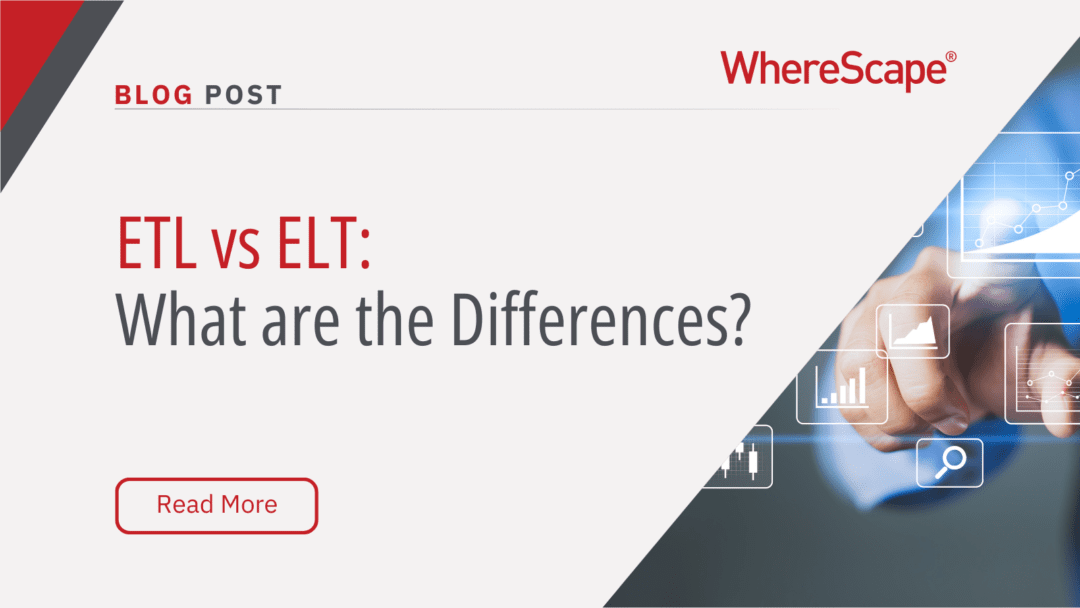
ETL vs ELT: What are the Differences?
In working with hundreds of data teams through WhereScape’s automation platform, we’ve seen this debate evolve as businesses modernize their infrastructure. Each method, ETL vs ELT, offers a unique pathway for transferring raw data into a warehouse, where it can be...
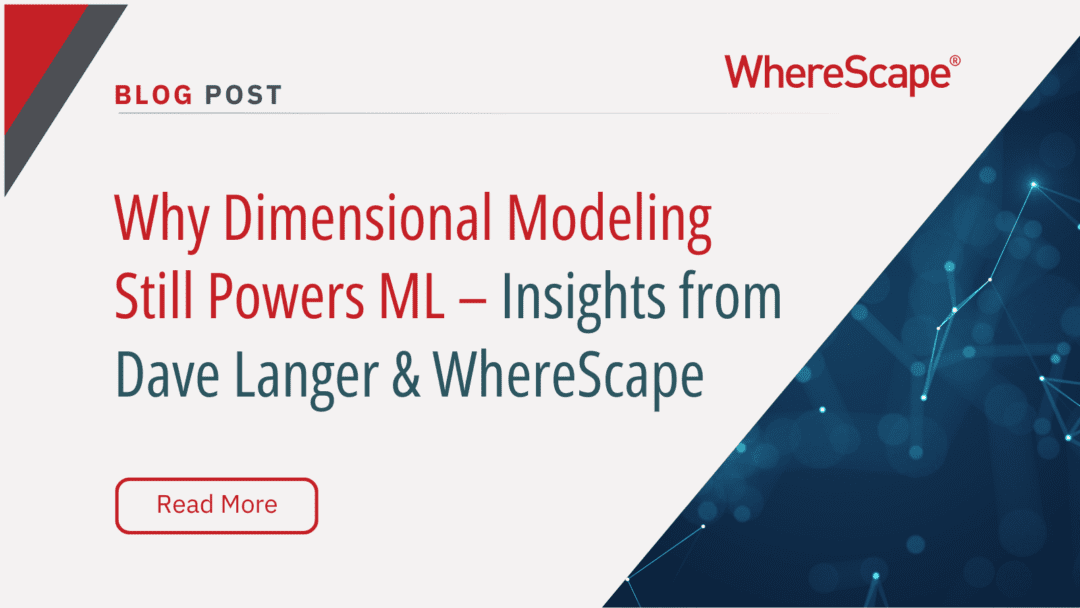
Dimensional Modeling for Machine Learning
Kimball’s dimensional modeling continues to play a critical role in machine learning and data science outcomes, as outlined in the Kimball Group’s 10 Essential Rules of Dimensional Modeling, a framework still widely applied in modern data workflows. In a recent...
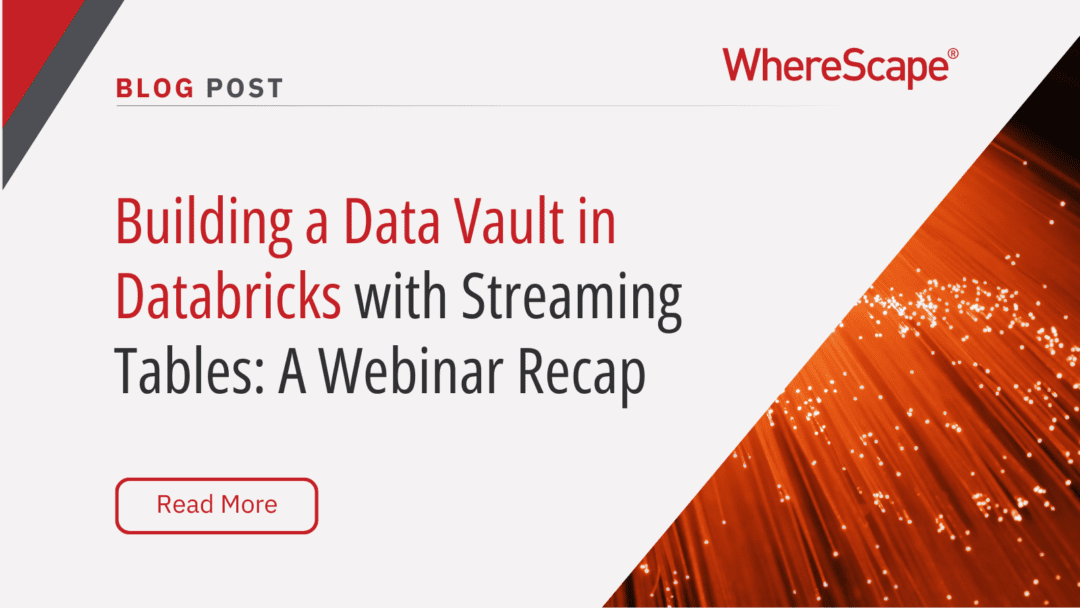
Automating Data Vault in Databricks | WhereScape Recap
Automating Data Vault in Databricks can reduce time-to-value by up to 70%—and that’s why we hosted a recent WhereScape webinar to show exactly how. At WhereScape, modern data teams shouldn't have to choose between agility and governance. That's why we hosted a live...
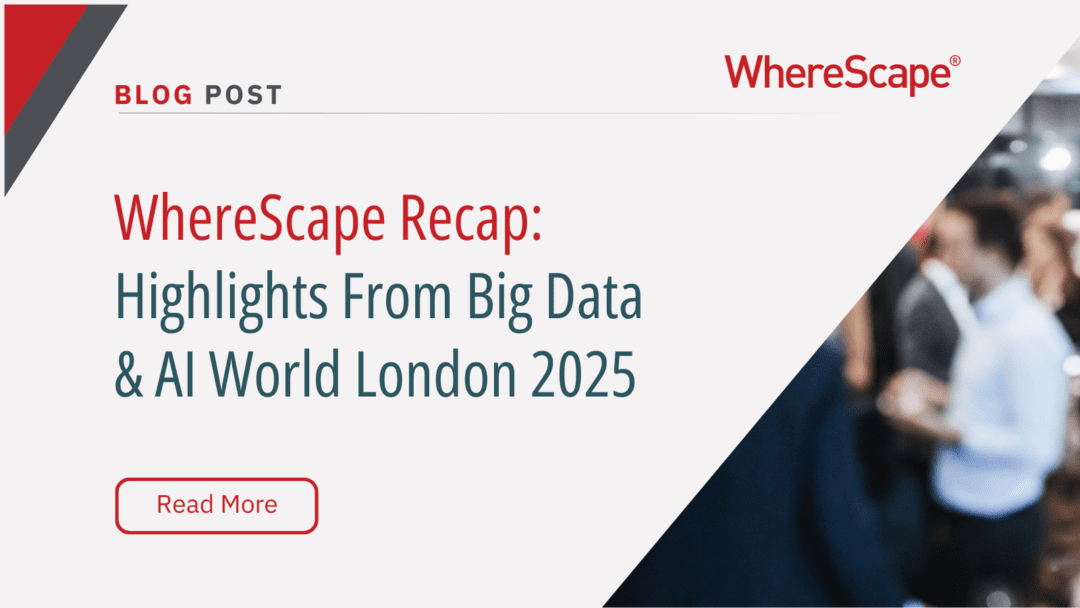
WhereScape Recap: Highlights From Big Data & AI World London 2025
Big Data & AI World London 2025 brought together thousands of data and AI professionals at ExCeL London—and WhereScape was right in the middle of the action. With automation taking center stage across the industry, it was no surprise that our booth and sessions...

